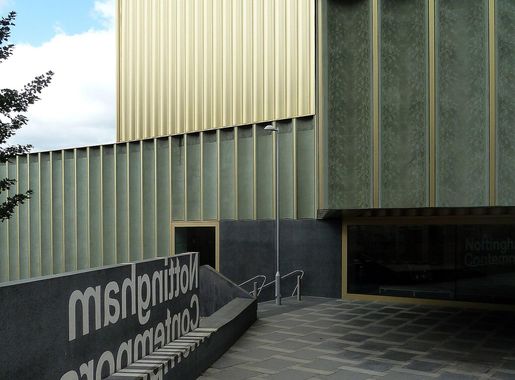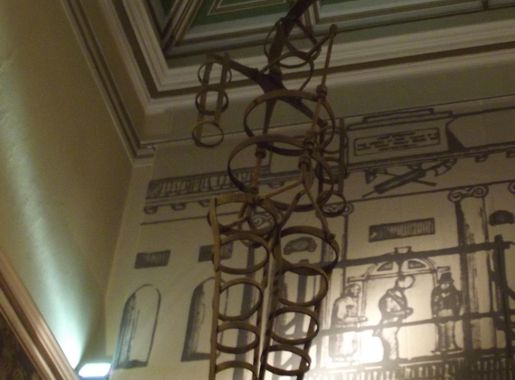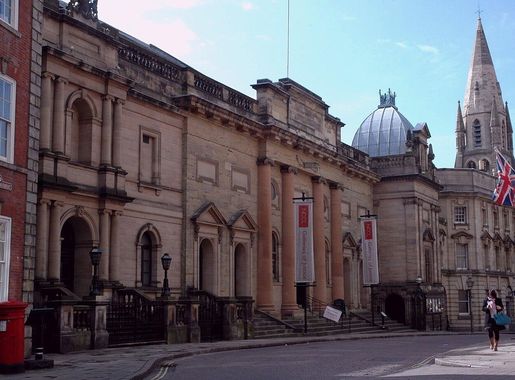
The Lace Market: Nottingham's Historic Gem
Discover the Lace Market in Nottingham – a historic neighborhood brimming with Victorian charm, cultural landmarks, and a vibrant culinary and shopping scene.
Nestled in the heart of Nottingham, the Lace Market is a vibrant area teeming with history and charm. Once the global center of the lace industry, this neighborhood is now a harmonious blend of the old and the new, offering a rich tapestry of attractions for every visitor. Wander through cobblestone streets lined with Victorian buildings, each one whispering tales of a bygone era. The architecture alone is a feast for the eyes, with red-brick warehouses now transformed into chic apartments, hip cafes, and unique boutiques. A visit to the Lace Market is not complete without exploring its cultural landmarks. The Nottingham Contemporary is one of the largest contemporary art centers in the UK and frequently hosts international exhibitions. For history buffs, the Galleries of Justice Museum offers a deep dive into the city’s judicial past, housed in a building that dates back to the 14th century. Foodies will also find their slice of heaven here. From fine dining restaurants to cozy coffee shops, the Lace Market caters to all tastes and preferences. Whether you’re savoring a meal at one of the Michelin-starred restaurants or enjoying a pint in a historic pub, the culinary scene is sure to impress. Shopping enthusiasts will be delighted by the array of independent stores offering everything from vintage fashion to handmade crafts. The Lace Market is also a hub for creative industries, making it an ideal place to pick up unique souvenirs and gifts. The neighborhood’s lively atmosphere is further enhanced by frequent events and festivals, ensuring there’s always something exciting happening. In summary, the Lace Market is a dynamic neighborhood that seamlessly blends its rich history with contemporary allure. It promises an unforgettable experience for tourists, offering a little something for everyone.
Local tips in The Lace Market
- Wear comfortable shoes; the cobblestone streets can be tricky to navigate.
- Check the schedule at Nottingham Contemporary for current exhibitions.
- Visit the Galleries of Justice Museum early to avoid crowds.
- Make reservations in advance for popular restaurants, especially on weekends.
- Explore side streets and alleys for hidden gems and unique photo opportunities.
The Lace Market: Nottingham's Historic Gem
Nestled in the heart of Nottingham, the Lace Market is a vibrant area teeming with history and charm. Once the global center of the lace industry, this neighborhood is now a harmonious blend of the old and the new, offering a rich tapestry of attractions for every visitor. Wander through cobblestone streets lined with Victorian buildings, each one whispering tales of a bygone era. The architecture alone is a feast for the eyes, with red-brick warehouses now transformed into chic apartments, hip cafes, and unique boutiques. A visit to the Lace Market is not complete without exploring its cultural landmarks. The Nottingham Contemporary is one of the largest contemporary art centers in the UK and frequently hosts international exhibitions. For history buffs, the Galleries of Justice Museum offers a deep dive into the city’s judicial past, housed in a building that dates back to the 14th century. Foodies will also find their slice of heaven here. From fine dining restaurants to cozy coffee shops, the Lace Market caters to all tastes and preferences. Whether you’re savoring a meal at one of the Michelin-starred restaurants or enjoying a pint in a historic pub, the culinary scene is sure to impress. Shopping enthusiasts will be delighted by the array of independent stores offering everything from vintage fashion to handmade crafts. The Lace Market is also a hub for creative industries, making it an ideal place to pick up unique souvenirs and gifts. The neighborhood’s lively atmosphere is further enhanced by frequent events and festivals, ensuring there’s always something exciting happening. In summary, the Lace Market is a dynamic neighborhood that seamlessly blends its rich history with contemporary allure. It promises an unforgettable experience for tourists, offering a little something for everyone.
Iconic landmarks you can’t miss
City of Caves
Unearth Nottingham's rich history at the City of Caves, a mesmerizing underground attraction revealing centuries of stories beneath the surface.
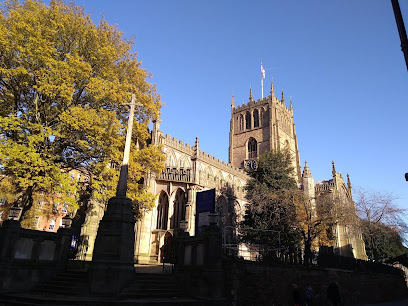
Old Market Square
Experience the vibrant atmosphere and rich history of Old Market Square, Nottingham's cultural heart, where tradition meets modernity in a captivating setting.

Speakers' Corner
Discover the vibrant spirit of free expression at Speakers' Corner, a historic landmark in Nottingham where voices unite in passionate discourse.
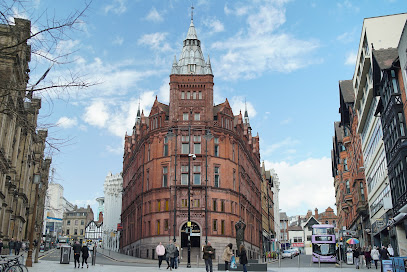
The Left Lion
Explore The Left Lion in Nottingham, a historical landmark representing the city's rich heritage and vibrant culture, perfect for tourists and history enthusiasts.
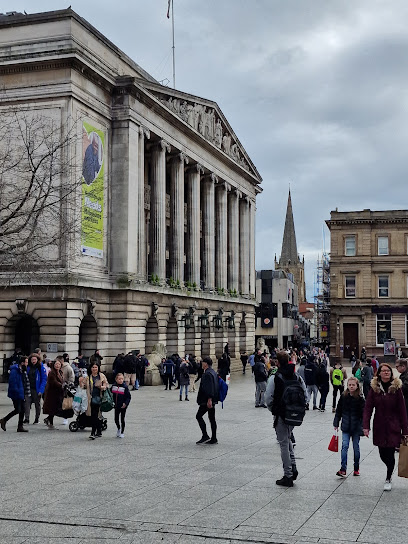
Right Lion
Discover the historic Right Lion in Nottingham, a stunning landmark that showcases the city's rich cultural heritage and architectural beauty.
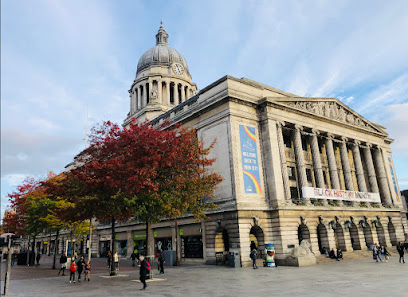
Weekday Cross Monument
Discover the rich history of Nottingham at the Weekday Cross Monument, a significant landmark that reflects the city's vibrant heritage.
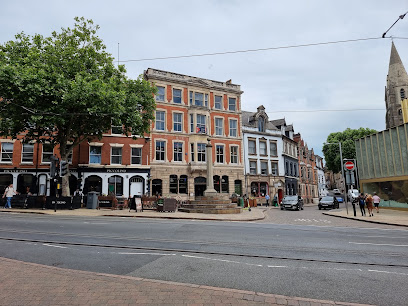
Lace Market
Explore the historic Lace Market in Nottingham, where Victorian architecture meets vibrant culture and creative spirit.
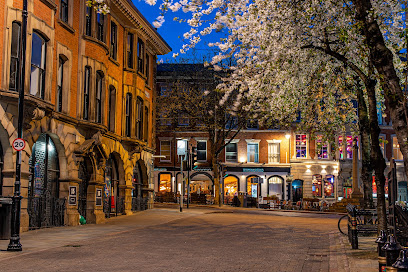
King Charles I Standard Hill Monument
Visit the King Charles I Standard Hill Monument in Nottingham for an enriching historical experience amidst stunning scenery.
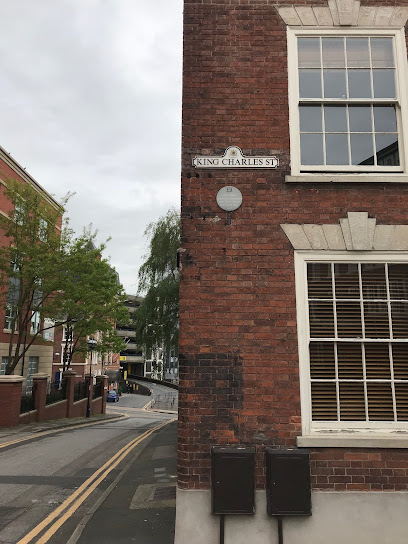
Lace Market Square
Explore Lace Market Square in Nottingham, a vibrant hub of history and culture surrounded by stunning architecture and lively local events.

16 Stoney Street
Discover the captivating history of Nottingham at 16 Stoney Street, a stunning heritage building and historical landmark.
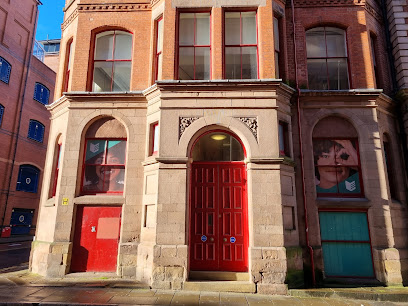
Essential places to dine
Annie's Burger Shack
Discover Annie's Burger Shack in Nottingham for mouthwatering burgers and an unforgettable American dining experience.
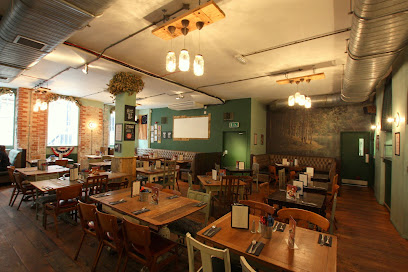
Bar Iberico
Experience the rich flavors of Spain at Bar Iberico, Nottingham's top destination for authentic tapas and vibrant ambiance.
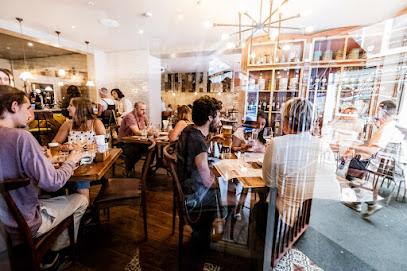
Piccolino Nottingham
Discover authentic Italian cuisine at Piccolino Nottingham – where every meal is a celebration of flavor and tradition.
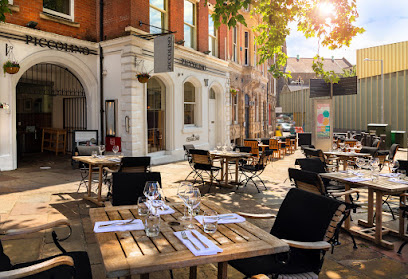
Pizzamisú
Discover authentic Neapolitan pizza at Pizzamisú in Nottingham - where every bite transports you straight to Italy's culinary heart.
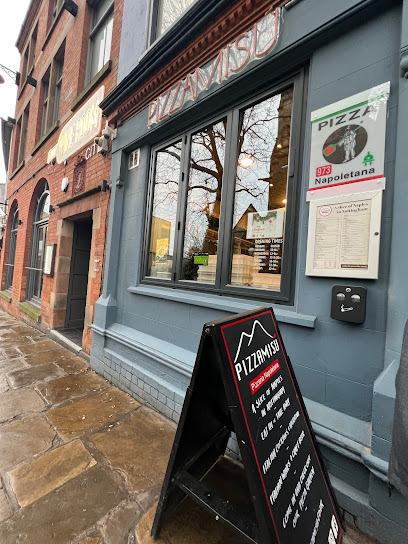
Iberico World Tapas
Discover the vibrant flavors of Spain at Iberico World Tapas in Nottingham—where every bite tells a story.
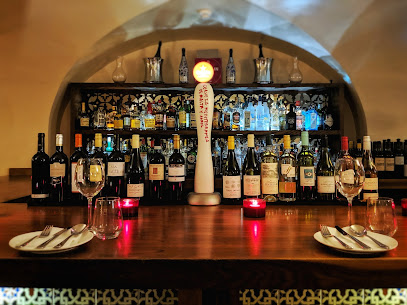
Anoki Restaurant Nottingham
Discover authentic Indian cuisine at Anoki Restaurant Nottingham – where tradition meets modern elegance in every dish.
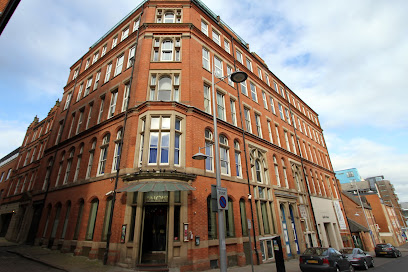
The Pelican Club
Discover The Pelican Club: A vibrant blend of Italian cuisine and live jazz music in Nottingham's heart.
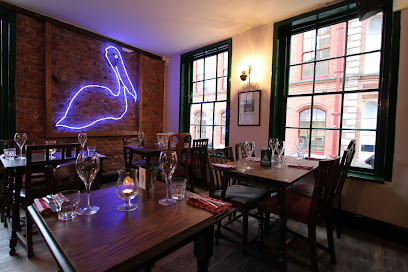
Bistro Live Nottingham
Discover the ultimate dining and nightlife experience at Bistro Live Nottingham – where great food meets unforgettable entertainment.
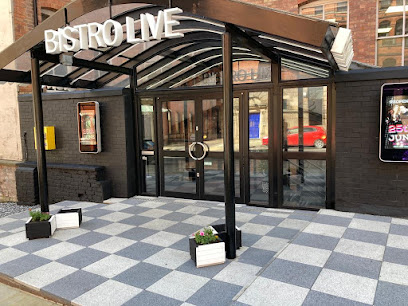
Dino
Discover Dino in Nottingham – where exquisite Italian cuisine meets vibrant bar culture for an unforgettable dining experience.
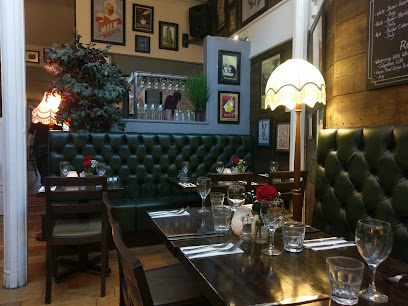
ViDa by Lorentes
Experience unique flavors at ViDa by Lorentes, where modern cuisine meets local charm in Nottingham's vibrant dining scene.
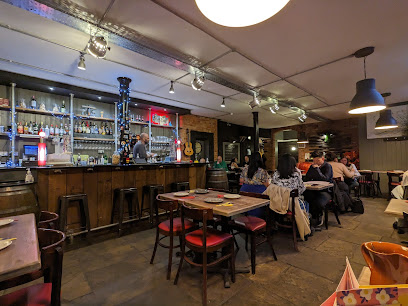
Markets, malls and hidden boutiques
Handmade Nottingham
Explore Handmade Nottingham for unique handcrafted gifts and local artistry that capture the spirit of the city.
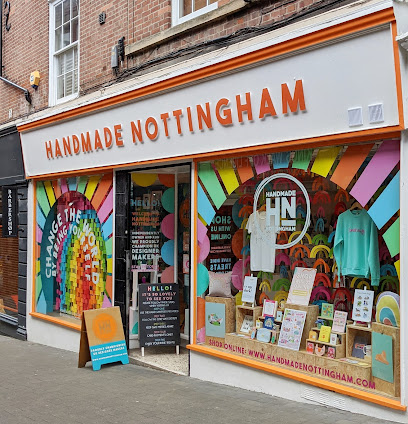
Debbie Bryan | Nottingham Lace Market
Explore Nottingham's artistic treasure at Debbie Bryan, where crafts meet creativity in the heart of the Lace Market.
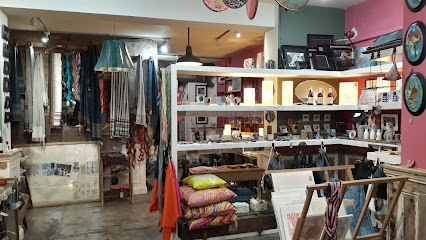
Cow
Discover an eclectic collection of vintage clothing at Cow, Nottingham's premier destination for sustainable fashion and unique style.
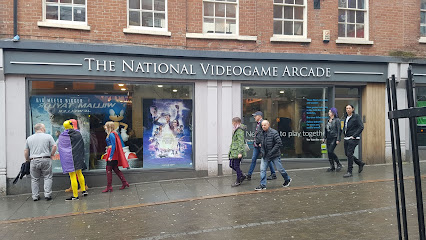
That Weird Shop
Explore the quirky and vibrant That Weird Shop in Nottingham - a unique blend of music, clothing, toys, and haunted attractions.
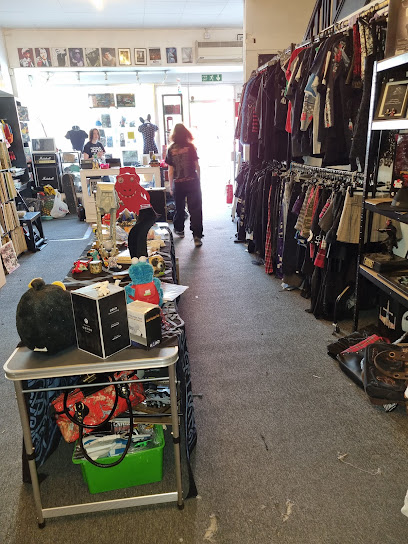
Wild Clothing
Explore the vibrant world of vintage fashion at Wild Clothing, Nottingham's premier destination for unique and stylish apparel.
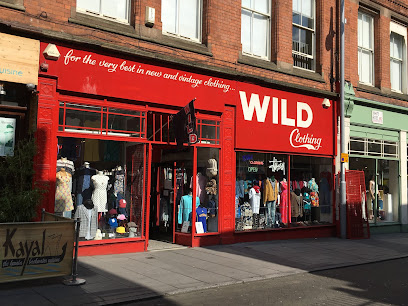
Garms Nottingham
Explore Garms Nottingham for unique vintage clothing and streetwear in the heart of Nottingham, perfect for fashion enthusiasts and trendsetters.
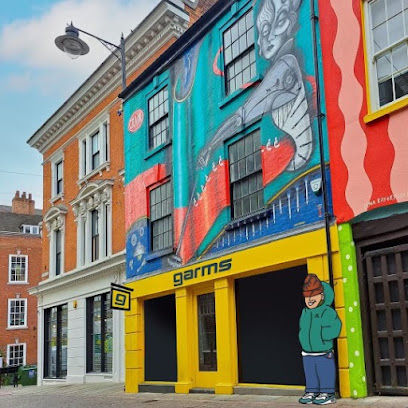
MAISON GB
Discover MAISON GB, Nottingham's chic clothing shop offering stylish apparel and personalized shopping experiences in a trendy atmosphere.
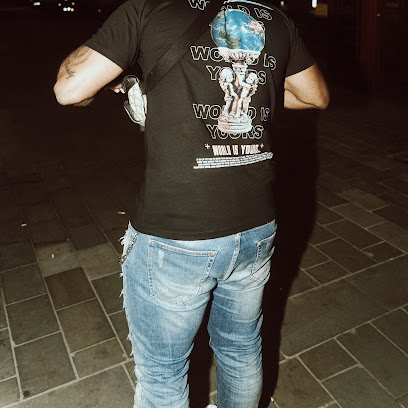
Inspired
Explore Inspired, Nottingham's charming gift shop, featuring unique treasures and local crafts perfect for every occasion.
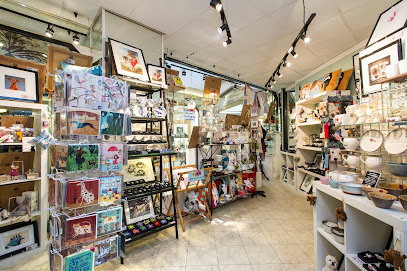
Catori's Gift Shop
Explore Catori's Gift Shop in Nottingham for unique gifts and local crafts that capture the spirit of your travels, supporting artisans and local culture.
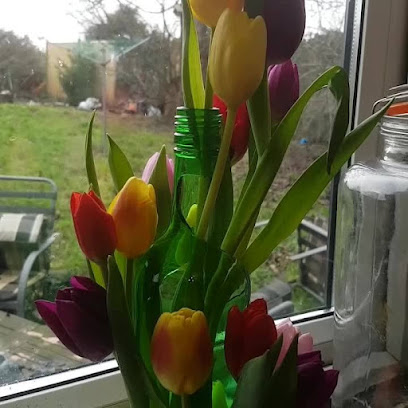
Mood Outfitters
Discover contemporary fashion at Mood Outfitters, Nottingham's premier clothing shop showcasing unique styles and local designers.

Essential bars & hidden hideouts
Pitcher & Piano Nottingham
Experience the vibrant atmosphere and delicious offerings at Pitcher & Piano Nottingham, the perfect spot for food and drink lovers.
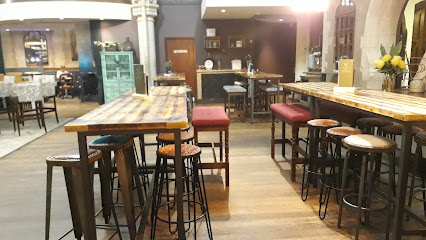
The Hockley Arts Club
Experience the vibrant nightlife at The Hockley Arts Club: Nottingham's premier cocktail bar blending art, culture, and exquisite drinks.
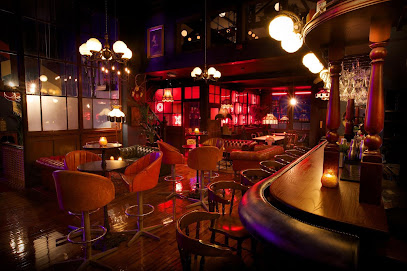
All Bar One Nottingham
Experience the charm of All Bar One Nottingham, where exquisite wines and a welcoming ambiance create unforgettable moments.

Coco Tang -Cocktail Bar
Experience the vibrant cocktail culture at Coco Tang in Nottingham, where every drink is a unique creation and the atmosphere is electric.
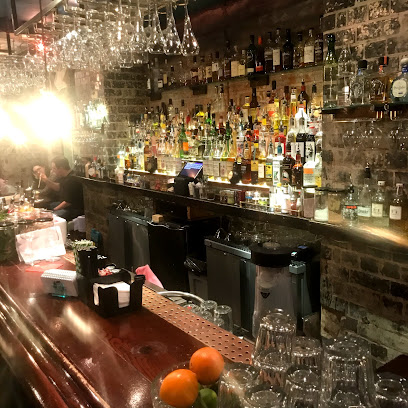
Bunk
Discover Bunk: Nottingham's lively bar and restaurant, known for its delectable chicken wings and creative cocktails in a vibrant atmosphere.
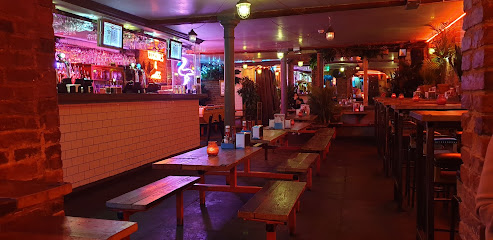
Billy Bootleggers Nottingham (formerly Percy Picklebackers)
Experience the vibrant nightlife of Nottingham at Billy Bootleggers, where live music, great drinks, and a lively atmosphere await you.
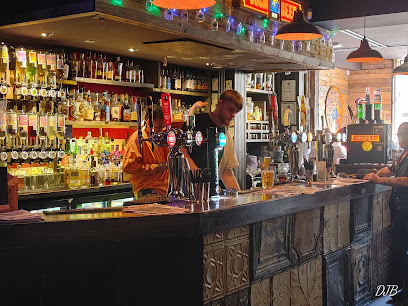
Cock & Hoop
Discover Cock & Hoop, Nottingham's charming pub with a cozy atmosphere, exceptional local brews, and delicious traditional fare.
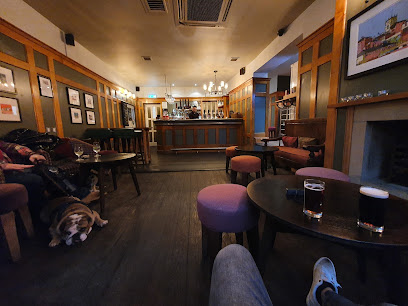
The Blind Rabbit
Discover the charm of The Blind Rabbit in Nottingham, where unique cocktails meet a lively atmosphere and arcade fun awaits.

Brass Monkey
Experience the vibrant nightlife of Nottingham at Brass Monkey, a lively bar with an extensive drink selection and a fun atmosphere.

The Lacehouse
Experience the best of Nottingham nightlife and brunch at The Lacehouse, where cocktails, live music, and a chic atmosphere come together.
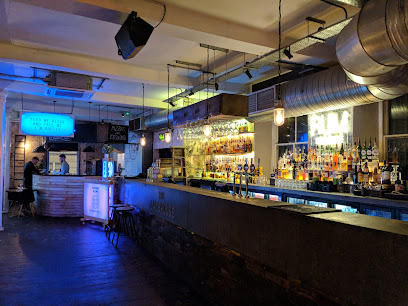
Local Phrases
-
- HelloAy up
[ay up] - GoodbyeTa-ra
[ta-ra] - YesAye
[aye] - NoNah
[nah] - Please/You're welcomePlease/Tha's welcome
[please/tha's welcome] - Thank youCheers
[cheers] - Excuse me/SorryPardon/Pardon me
[pardon/pardon me] - How are you?Ow do?
[ow do] - Fine. And you?Reyt. An' tha?
[reyt. an' tha] - Do you speak English?D'ya speak English?
[d'ya speak English] - I don't understandAh divvent get ya
[ah divvent get ya]
- HelloAy up
-
- I'd like to see the menu, pleaseCan I see t'menu, please
[can I see t'menu, please] - I don't eat meatAh divvent eat meat
[ah divvent eat meat] - Cheers!Cheers!
[cheers] - I would like to pay, pleaseCan I pay, please
[can I pay, please]
- I'd like to see the menu, pleaseCan I see t'menu, please
-
- Help!Help!
[Help!] - Go away!Clear off!
[Clear off!] - Call the Police!Ring t'cops!
[Ring t'cops!] - Call a doctor!Ring a doctor!
[Ring a doctor!] - I'm lostI'm lost
[I'm lost] - I'm illI'm poorly
[I'm poorly]
- Help!Help!
-
- I'd like to buy...I'd like to buy...
[I'd like to buy...] - I'm just lookingI'm just looking
[I'm just looking] - How much is it?How much is it?
[How much is it?] - That's too expensiveThat's too dear
[That's too dear] - Can you lower the price?Can you drop t'price?
[Can you drop t'price?]
- I'd like to buy...I'd like to buy...
-
- What time is it?What's time?
[What's time?] - It's one o'clockIt's one o'clock
[It's one o'clock] - Half past (10)Half ten
[Half ten] - MorningMorning
[Morning] - AfternoonAfternoon
[Afternoon] - EveningEvening
[Evening] - YesterdayYesterday
[Yesterday] - TodayToday
[Today] - TomorrowTomorrow
[Tomorrow] - 1One
[One] - 2Two
[Two] - 3Three
[Three] - 4Four
[Four] - 5Five
[Five] - 6Six
[Six] - 7Seven
[Seven] - 8Eight
[Eight] - 9Nine
[Nine] - 10Ten
[Ten]
- What time is it?What's time?
-
- Where's a/the...?Where's a/the...?
[Where's a/the...?] - What's the address?What's t'address?
[What's t'address?] - Can you show me (on the map)?Can you show me (on the map)?
[Can you show me (on the map)?] - When's the next (bus)?When's the next (bus)?
[When's the next (bus)?] - A ticket (to ....)A ticket (to ....)
[A ticket (to ....)]
- Where's a/the...?Where's a/the...?
History of The Lace Market
-
The Lace Market earned its name in the 18th century as Nottingham became the center of lace production. The invention of lace-making machinery, such as the Nottingham lace frame, revolutionized the industry, leading to an economic boom. This period saw the establishment of numerous lace factories, making Nottingham a key player in the global lace market.
-
During the Victorian era, the Lace Market area expanded rapidly, reflecting the wealth generated by the lace trade. The architecture from this time is characterized by impressive warehouses and factories, many of which have been repurposed into trendy apartments and offices. This architectural legacy is a testament to Nottingham's industrial prowess during the 19th century.
-
By the late 20th century, the lace industry in Nottingham faced significant decline due to globalization and competition from cheaper imported lace. Many factories closed, leading to economic challenges in the Lace Market area. However, this decline also paved the way for urban regeneration, with efforts to revitalize the area for new uses.
-
In the 21st century, the Lace Market has undergone significant gentrification, transforming into a vibrant cultural hub. Art galleries, restaurants, and boutiques have emerged, alongside the preservation of its historical buildings. The area hosts various events and festivals, celebrating Nottingham's rich heritage and the legacy of its lace-making past.
-
The historical significance of the Lace Market has been recognized through its designation as a conservation area. The Lace Market is now celebrated not only for its historical context but also for its role in shaping Nottingham's identity. It serves as a reminder of the city’s industrial heritage and its transition towards a modern cultural landscape.
The Lace Market Essentials
-
The Lace Market is conveniently located in the heart of Nottingham and can be accessed easily from other neighbourhoods. If you are arriving by train, Nottingham Railway Station is a short walk away, approximately 15 minutes. Local buses also serve various routes to the Lace Market area, with several stops on the outskirts. If you are coming from the city centre, it's a brief 10-minute stroll, or you can hop on a tram that connects the main areas directly. For those driving, there are nearby parking facilities, including the Lace Market Car Park.
-
The Lace Market is a compact neighbourhood, making it ideal for exploration on foot. The local tram service operates frequently, connecting you to other parts of Nottingham. Buses are also available for longer distances, and bike rentals are offered through various schemes around the city, promoting cycling as an eco-friendly option. Additionally, taxis are readily available for those who prefer a quicker mode of transport.
-
The Lace Market is generally considered safe for tourists, but it's wise to remain vigilant, especially at night. While the area is well-policed, certain parts of Nottingham, such as some areas near the city centre, may have higher crime rates for petty theft. Always keep an eye on your belongings and avoid walking alone in dimly lit areas after dark.
-
In case of an emergency, dial 999 for police, fire, or medical assistance. Nottingham has several hospitals and medical facilities available. It is advisable to carry a copy of your emergency contact numbers and travel insurance details. For minor health issues, local pharmacies are available for over-the-counter medication.
-
Fashion: Do wear comfortable shoes, as you will be walking a lot. Don't wear excessively casual clothes if dining in upscale restaurants. Religion: Do respect the local culture and traditions. Don’t disturb worshippers in places of worship. Public Transport: Do be courteous and offer your seat to those in need. Don't engage in loud conversations. Greetings: Do use a friendly smile or nod to greet locals. Don't assume familiarity; keep interactions polite. Eating & Drinking: Do try local specialties and enjoy meals in restaurants. Don’t consume food or drink in public transport.
-
To experience the Lace Market like a local, explore its historic streets and enjoy the vibrant café culture. Visit the local art galleries and independent shops that showcase Nottingham's creative scene. Don't miss the opportunity to participate in a guided walking tour to learn more about the area's rich history, especially its lace-making heritage. Engage with local artisans; many are happy to share their craft stories and practices.
Nearby Cities to The Lace Market
-
Things To Do in Sheffield
-
Things To Do in Birmingham
-
Things To Do in Stratford-upon-Avon
-
Things To Do in Manchester
-
Things To Do in Leeds
-
Things To Do in York
-
Things To Do in Chester
-
Things To Do in Cambridge
-
Things To Do in Liverpool
-
Things To Do in Oxford
-
Things To Do in Windsor
-
Things To Do in London
-
Things To Do in Bristol
-
Things To Do in Bath
-
Things To Do in Durham



